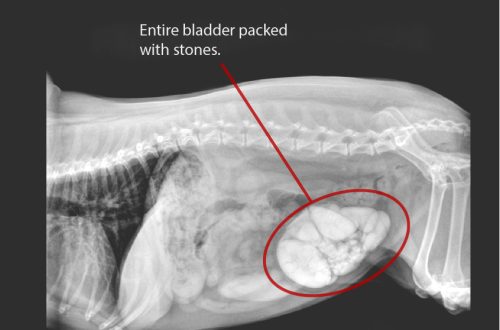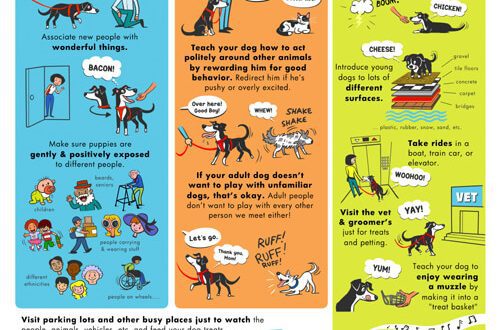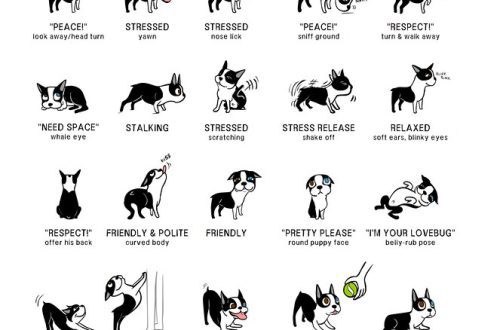
How does dog temperament affect training?
The temperament of a dog is a stable set of psychophysiological features that underlies the formation of character and behavior. The temperament of the dog is determined by the type of higher nervous activity. The temperament of a dog is what it is born with and what largely determines its life. What types of dog temperament are there and how do they affect the process of training and raising a pet?
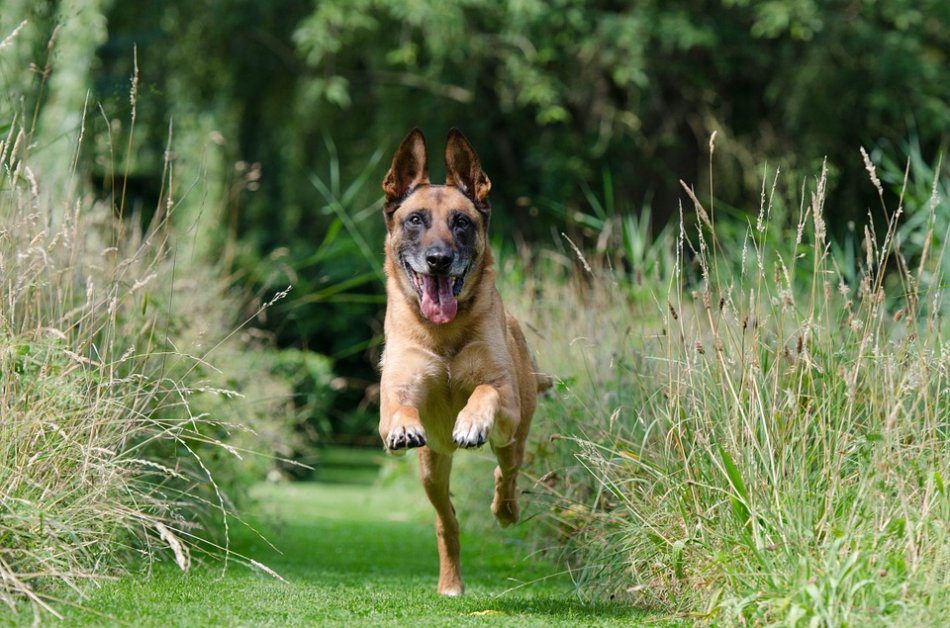 Photo: pixabay.com
Photo: pixabay.com
Contents
What is the temperament of dogs?
Dogs, like humans, have four types of temperament:
- Sanguine is a strong balanced mobile type. The processes of excitation and inhibition are well developed, but it is necessary to work correctly with such a dog so that it does not become overexcited. Sanguine dogs are energetic, active, efficient, have a quick response, constantly looking for new experiences, eager to learn and quickly adapt to changes. There are also disadvantages: if you educate and train a sanguine dog incorrectly, he will be easily distracted, experience problems with concentration, rush and make mistakes, seemingly out of the blue.
- Phlegmatic is a strong balanced inert type. A phlegmatic dog is calm, not subject to sudden mood swings, rarely shows aggression, and is distinguished by endurance. But keep in mind that these dogs have difficulty switching to other activities and are rather slow to learn new skills. But once learned, they remember, as a rule, all their lives. On the one hand, this is a plus – such dogs need less work to maintain the skill. On the other hand, if you teach your pet bad habits, it will be difficult to retrain him.
- Choleric is a strong unbalanced type. Such dogs are very excitable, while their inhibition processes are weak. They are impulsive, impetuous, passionately devoted to their favorite work, but at the same time they are prone to outbursts, a sharp change in mood. These are excellent working and sports dogs, but with improper upbringing and insufficient or excessive loads, they can become uncontrollable, quick-tempered or aggressive.
- Melancholic is a weak type, that is, the processes of both excitation and inhibition are poorly developed. These are dogs with a “fine mental organization”: they get upset at any trifle, they are quite reserved, timid, and although these dogs are very sensitive, sometimes it seems that they react poorly to their surroundings. These dogs are more likely to suffer from distress, phobias and anxiety disorders.
Temperament types in dogs, like in humans, are not always found in their purest form. Mixed types of temperament are often found – any combination of the two above types.
In addition, owners cannot always correctly determine the type of temperament of their dog. For example, sanguine people are often called choleric, who either were not explained the rules of behavior, or were not taught to control themselves, or were not provided with enough physical and intellectual stress.
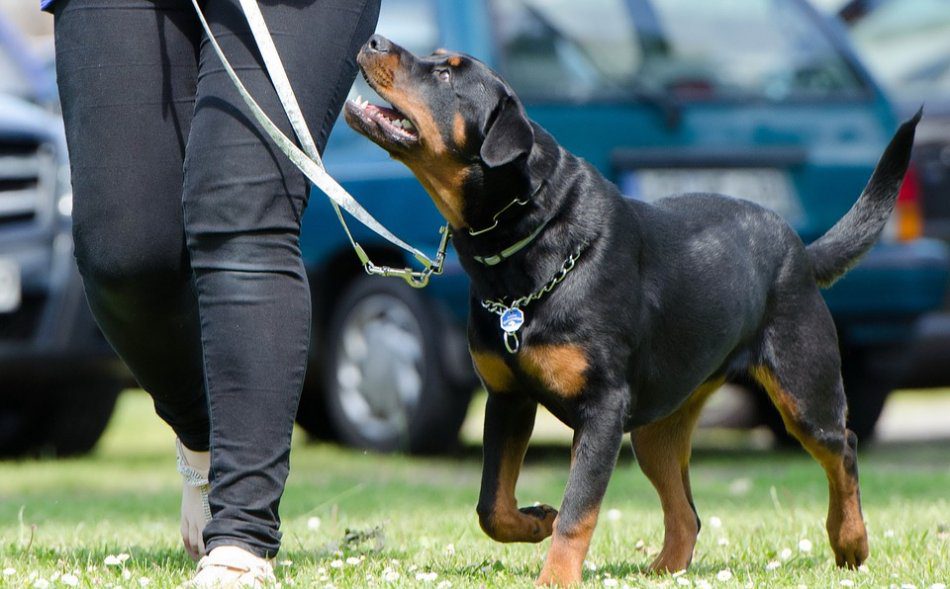 Photo: pixabay.com
Photo: pixabay.com
Why take into account the temperament of the dog in the process of training and education?
The temperament of a dog is very important to consider in the process of training and education, because if you build classes incorrectly, nothing good will come of it.
If you are dealing with a sanguine dog, chances are it will be very easy for you to teach him new things. You will be able to quickly complicate tasks, but at the same time you need to ensure that the balance of excitement and relaxation is maintained. Take the time to train your dog to “keep himself in his paws” and work on his ability to concentrate. At the same time, do not wait until the pet gets bored – do not torture the dog with repeated repetitions of the same thing.
If the dog is phlegmatic by temperament, do not rush it and do not get annoyed when it seems to you that the pet is “stupid”. Give the phlegmatic dog time to learn new things. It may take more repetitions, but your patience will pay off in the future when the skill is firmly mastered. And when switching from one activity to another, do not rush.
When working with a choleric dog, avoid repeating the same thing over and over, quickly switch from one task to another, but at the same time constantly make sure that the pet does not get tired or overexcited. These dogs seize everything on the fly and are able not to show fatigue for a long time, and then “unexpectedly” explode, so sensitivity and the ability to “not overwhelm” are required from the owner.
With a melancholic dog, you need to behave extremely correctly and avoid any harshness, otherwise the pet will simply withdraw into itself and lose confidence in the person. These dogs need even, patient and gentle handling. Only in a safe and calm environment can they exist comfortably and learn new things.



